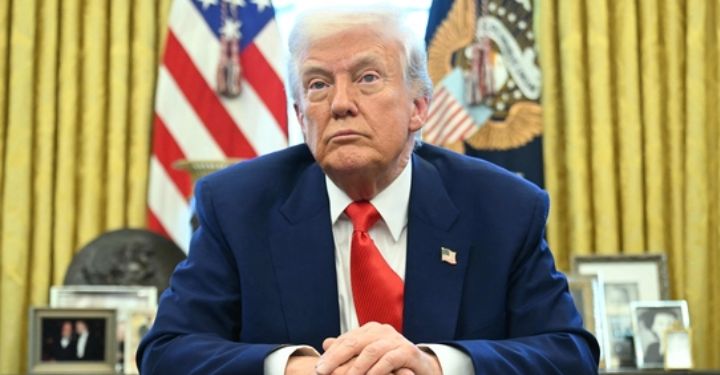A fresh wave of tariffs from Donald Trump—this time soaring up to 245%—has reignited tensions with China and drawn the world’s attention back to the U.S.-China economic battlefield. Analysts call this the most aggressive trade maneuver since the original trade war between the two giants erupted in 2018.
A Timeline of Escalation
This dramatic increase builds on years of tension. From early trade skirmishes under Trump’s first term to the more restrained but cautious policies under Biden, the U.S. has steadily shifted toward economic decoupling. The new tariffs take that approach to a whole new level.
The Political Narrative
For Trump, these tariffs are as much about policy as they are about campaign strategy. He has positioned himself as the only candidate willing to “stand up to China,” appealing to blue-collar voters in industrial states who blame globalization for job losses.
China’s Calculated Retaliation
Instead of immediate tit-for-tat tariffs, China is likely to retaliate through more targeted means—such as restricting key exports (e.g., lithium, gallium, and graphite), tightening tech regulations for American firms operating in China, or imposing licensing hurdles.
Global Trade Institutions Weigh In
The WTO has already voiced concern over the legality and scale of the tariffs, while the IMF warns that prolonged tensions could shave off a full percentage point from global GDP growth. Economists suggest this could push weaker economies into recession.
Conclusion
The Trump administration’s newest tariff surge doesn’t just signal economic aggression—it sets the stage for a broad, ideological, and strategic confrontation between the world’s two biggest economies. The only certainty: instability.

